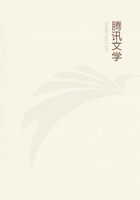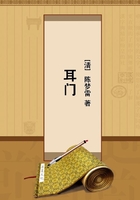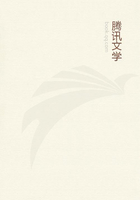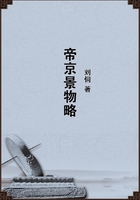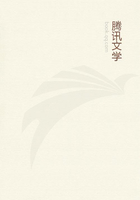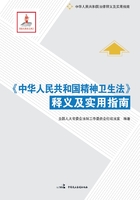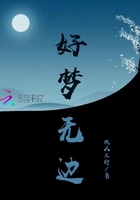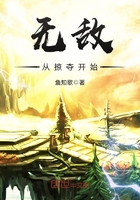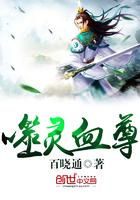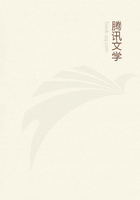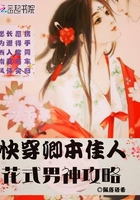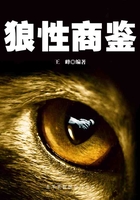IN former years, we inquiring youngsters in foreign studios were much bewildered by the repetition of a certain phrase.
Discussion of almost any picture or statue was (after other forms of criticism had been exhausted) pretty sure to conclude with, "It's all very well in its way, but it's not Art." Not only foolish youths but the "masters" themselves constantly advanced this opinion to crush a rival or belittle a friend.
To ardent minds seeking for the light and catching at every thread that might serve as a guide out of perplexity, this vague assertion was confusing. According to one master, the eighteenth-century "school" did not exist. What had been produced at that time was pleasing enough to the eye, but "was not Art!" In the opinion of another, Italian music might amuse or cheer the ignorant, but could not be recognized by serious musicians.
As most of us were living far from home and friends for the purpose of acquiring the rudiments of art, this continual sweeping away of our foundations was discouraging. What was the use, we sometimes asked ourselves, of toiling, if our work was to be cast contemptuously aside by the next "school" as a pleasing trifle, not for a moment to be taken seriously? How was one to find out the truth? Who was to decide when doctors disagreed? Where was the rock on which an earnest student might lay his cornerstone without the misgiving that the next wave in public opinion would sap its base and cast him and his ideals out again at sea?
The eighteenth-century artists and the Italian composers had been sincere and convinced that they were producing works of art. In our own day the idol of one moment becomes the jest of the next. Was there, then, no fixed law?
The short period, for instance, between 1875 and the present time has been long enough for the talent of one painter (Bastien-Lepage) to be discovered, discussed, lauded, acclaimed, then gradually forgotten and decried. During the years when we were studying in Paris, that young painter's works were pronounced by the critics and their following to be the last development of Art. Museums and amateurs vied with each other in acquiring his canvases. Yet, only this spring, while dining with two or three art critics in the French capital, I heard Lepage's name mentioned and his works recalled with the smile that is accorded to those who have hoodwinked the public and passed off spurious material as the real thing.
If any one doubts the fleeting nature of a reputation, let him go to a sale of modern pictures and note the prices brought by the favorites of twenty years ago. The paintings of that arch-priest, Meissonier, no longer command the sums that eager collectors paid for them a score of years back. When a great European critic dares assert, as one has recently, of the master's "1815," that "everything in the picture appears metallic, except the cannon and the men's helmets," the mighty are indeed fallen! It is much the same thing with the old masters. There have been fashions in them as in other forms of art. Fifty years ago Rembrandt's work brought but small prices, and until Henri Rochefort (during his exile) began to write up the English school, Romneys, Lawrences, and Gainsboroughs had little market value.
The result is that most of us are as far away from the solution of that vexed question "What is Art?" at forty as we were when boys. The majority have arranged a compromise with their consciences. We have found out what we like (in itself no mean achievement), and beyond such personal preference, are shy of asserting (as we were fond of doing formerly) that such and such works are "Art," and such others, while pleasing and popular, lack the requisite qualities.
To enquiring minds, sure that an answer to this question exists, but uncertain where to look for it, the fact that one of the thinkers of the century has, in a recent "Evangel," given to the world a definition of "Art," the result of many years' meditation, will be received with joy. "Art," says Tolstoi, "is simply a condition of life. It is any form of expression that a human being employs to communicate an emotion he has experienced to a fellow-mortal."
An author who, in telling his hopes and sorrows, amuses or saddens a reader, has in just so much produced a work of art.

